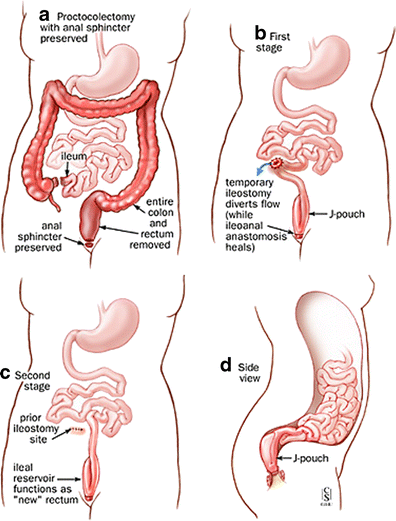After ostomy surgery, caring for the stoma, skin around it, and a new ostomy life is a purpose. It does not mean that the ostomate cannot live or enjoy the previous life. But, his/her routine gets changed. An ostomate should know the importance of stoma care. A person has to protect the stoma and peristomal skin like a baby. You will have to adopt a few changes in your life to clean and protect the opening and its surroundings.
For colostomy patients, it is necessary to take
care of their diet and ostomy appliances.
Importance of Diet for Colostomy Patients
A colostomy patient has to think about every aspect. He cannot afford loose motion, diarrhea, or constipation. Therefore, a colostomy person should take care of their digestive system and stomach. A person knows about the food he can digest or not. Some people cannot eat red beans, it causes gas and motion. Therefore, they should not eat that. Moreover, some people face constipation because of the red meat. So, avoid that if you are a colostomy patient.
A colostomy person should eat soft foods and
small four to five meals. You should avoid eating dry fruits, red beans,
pulses, meat, processed food, junk meals, onion, fries, grilled food, and
noodles. A colostomy patient should take fresh fruits, fresh juices, white
rice, green vegetables, and fish.
Change of Ostomy Appliances
A colostomy patient should know when to change the appliance. A person should not wait for the leakage. Usually, patients do not change their pouching system until the output touches the peristomal skin or the bag gets full. Well, this is the wrong habit os ostomates. If you are facing constipation, still you should change your stoma bag. In the early days of the surgery, you should change your pouching system three to four times; however, you can change it two times a day, once you know about your stomach. The discharge in the ostomy pouch should not touch the skin at any cost. Therefore, make it a habit, change the ostomy appliances at least two times a day.
Cleaning of Peristomal Skin
Every ostomate should know the importance of
clean stoma and skin around it. You cannot afford to ignore any allergy or
change signs around the stoma. It can damage the stoma, skin, and internal
organs. The necessary point is to prevent leakage. You should wear an ostomy
pouch that is according to the size and shape of the stoma. If you will wear a
loose pouch, the waste will touch the skin. It can cause burning, itching, and
allergies. Therefore, you should clean the stoma and peristomal skin. You can wash
the skin around the stoma with the medicated essentials. The skin should always
be fresh and clean. Colostomy patients suffer from leakage problems the most.
Therefore, an appropriate pouching system and the right time for changing the
bag can save your peristomal skin's health.
Cure your Skin Allergies
For a healthy stoma and skin around it, you
should not have any type of allergy. A skin allergy can damage your stoma and
skin. Moreover, to avoid any type of allergy, you should drink plenty of water.
However, if you are already an allergy patient, then you should discuss your
condition with the doctor, before the surgery. You should use a doctor's
recommended skin ointment. Moreover, if there is anything you are allergic to,
then you should not eat that. Many people are allergic to a specific fabric.
Some people cannot wear silk, it causes burning and itching; therefore, if you
have the same problem, then avoid such things. Moreover, always use medicated
products for the cleaning and washing of stoma and peristomal skin.





